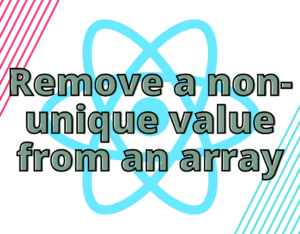Image recognition is the process of identifying and classifying objects or features in digital images. Convolutional neural networks (CNNs) are a type of deep neural networks that have emerged as a modern approach to the task of image recognition. In this blog post, we will cover the basics of CNN and how to use it for image recognition.
Table of Contents
Foundations of oscillatory neural networks
CNN is inspired by the organization of the visual cortex of animals, which consists of layers of neurons that respond to different visual stimuli. Similarly, a CNN consists of several layers of artificial neurons that learn to recognize different patterns in the input image. In general, CNN layers can be divided into three types: convolutional layer, pooling layer and fully connected layer.
The convolutional layer applies filters to the input image to extract features such as edges, corners, and textures. Each filter is an array of weights that slide across the input image to create a feature map that highlights areas of the image that fit the filter. By applying multiple filters to the input image, the CNN learns to recognize different patterns and features.
The redundancy layer models the feature map by reducing its spatial size, which reduces the computational complexity of the network and prevents overconfiguration. Common comparison operations include max-aggregation, which selects the largest value in each feature map region, and mean-aggregation, which selects the average.
A full convolutional layer is a traditional neural network layer that separates the results of previous layers and classifies images into specific categories or labels. The output of the last fully connected layer is fed to a software function to generate a probability distribution among the possible labels.
Convolutional neural network training
CNN training includes filter and neuron weight optimization. To do this, errors are iteratively copied from the output layer to the input layer and the weights are adjusted using optimization algorithms such as stochastic gradient descent.
One of the challenges in training CNNs is the availability of large and diverse datasets. Deep learning models require large amounts of labeled data to identify different patterns and avoid overfitting. However, recent advances in computer vision have led to the creation of large-scale databases such as ImageNet, which contain more than a million images labeled into more than 1,000 categories.
Image recognition application using Convolutional Neural Networks
Image recognition using CNN has applications in many different fields, including:
- Self-driving cars: CNNs are used to detect and classify objects such as pedestrians, cars, and road signs, which are essential for self-driving cars.
- Medical imaging: CNN can analyze medical images such as X-rays and MRIs to detect and diagnose diseases such as cancer, pneumonia and Alzheimer’s disease.
- Tracking: CNN can be used for facial recognition and tracking in security systems and public places.
- Robotics: CNN enables robots to identify and interact with objects in their environment, which is important for tasks such as understanding and manipulation.
- Games: CNN can be used to detect objects in video games, providing a more realistic and immersive experience.
Challenges and limitations of image recognition using Convolutional Neural Networks
Although CNN has shown excellent results in image recognition, there are still many challenges and limitations to overcome. Some of them are:
- Mistakes and errors in training data: If the training data is inaccurate or contains errors, the CNN can learn to make incorrect predictions or reinforce patterns.
- Difficulty of interpreting the results: CNNs can be seen as a black box, meaning that it is not always clear how the network arrived at a particular decision or classification. This can make it difficult to understand and troubleshoot the model.
- Limited ability to generalize: While CNNs can learn to recognize patterns and features in the training data, they may not be able to generalize to new or unseen data. This is especially true when the new data is significantly different from the training data.
- Resource-intensive: Training a CNN requires a significant amount of computing power and time, which can be a barrier to entry for smaller organizations or researchers with limited resources.
Image recognition using Convolutional Neural Networks is a rapidly growing field with many practical applications and research opportunities. CNNs have shown impressive results in recognizing objects and features in digital images, and have the potential to transform many industries and domains. However, there are still many challenges and limitations that need to be addressed to improve the accuracy, generalization, and interpretability of CNNs. By understanding the basics of CNNs and their applications, we can continue to push the boundaries of image recognition and computer vision.



